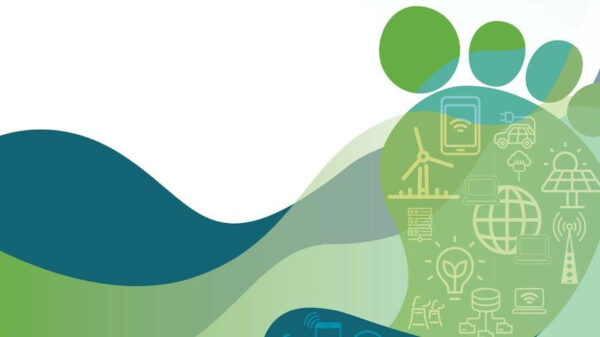
- Julie Marchand via ITU
- |
Bridging the digital divide with innovative finance and business models
As the world becomes increasingly digitalized, the economic cost of digital exclusion is higher than the cost of closing the infrastructure, affordability, gender, and other gaps that persist.
With 60 per cent of global GDP expected to rely on digital communication technologies by 2022, vulnerable populations in both developing and developed countries who are unable to connect to or use digital technologies risk being left behind in the post-pandemic recovery, leading to potentially heavier knock-on effects.
The cost of exclusion
Bridging the digital divide calls for enormous, rapid investments at all levels.
According to the ITU Connecting Humanity study, nearly USD 428 billion is required to connect the remaining three billion people aged ten years and above to broadband Internet by 2030.
Hannia Vega, Commissioner at Costa Rica’s Superintendency of Telecommunications (SUTEL), sees a need for three key factors to close connectivity gaps: first, establishing a clear roadmap for what must be done; second, identifying the key players involved; and third, establishing a funding mechanism.
A recent Global Symposium for Regulators (GSR‑21) session focused on financing universal access.
Fostering meaningful access
Universal access depends on more than extending networks; it requires fostering active adoption and use of digital technologies.
To have a meaningful experience online, users need basic digital skills and must be able to afford Internet access.
“Connectivity is all about enhancing a number of aspects that are developmental, that require contributions in a multi-sectoral environment,” observes Andile Ngcaba, Founding Partner and Chairman of Convergence Partners, an impact investment management firm focused on the telecommunications, media and technology sector in Africa.
Broadband: A key enabler
As digital activity permeates our everyday lives, approaches to funding in the sector are changing. For instance, infrastructure development initiatives are broadening to include funds for public broadband.
Amid rapidly shifting market dynamics, broadband must be embraced as a “general-purpose technology” for continued economic and digital development amid shifting market dynamics, says Bocar Ba, CEO of the SAMENA Telecommunications Council, which spans over 25 countries across South Asia, the Middle East and North Africa.
With broadband seen as a key enabler, digitalization policies increasingly call for pooling financial resources, sharing open-access infrastructure, and leveraging public money to raise private funds.
The key challenge is to make rural, low-income areas and marginalized populations worth the risk for investors.
De-risking universal connectivity
Governments can mitigate investment risks, thereby reducing costs. One way — noted in ITU’s new Financing Universal Access to Digital Technologies and Services report — is to set financial priorities in policies, strategies and recovery or stimulus plans.
Government-backed financing tools can also help to mobilize private investment, with support and guidance on risk mitigation mechanisms and case studies and analysis on effective financial solutions. One funding toolkit focuses on US structural funds, including Universal Access and Service Funds (USAFs).
While 100 USAFs are operational, not all are achieving their goals.
With expansion from basic telecom infrastructure to all-out digital transformation, the whole concept of the funds requires some rethinking.
Charting a path towards a more collaborative USAF 2.0 means considering the country’s whole digital policy, economic strategy and legal framework.
Collaboration in support of such impact investment or financing instruments may include non-monetary or in-kind contributions.
RELATED NEWS


